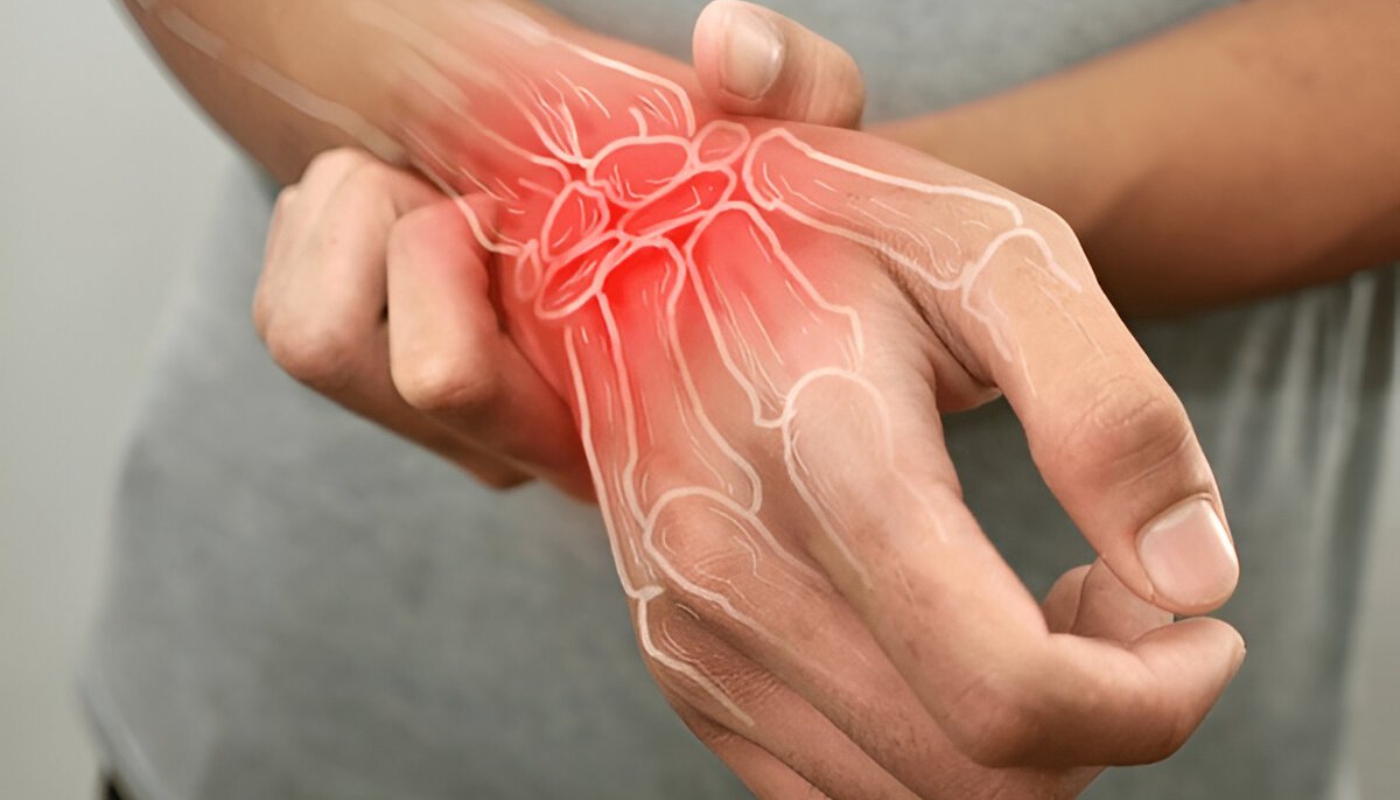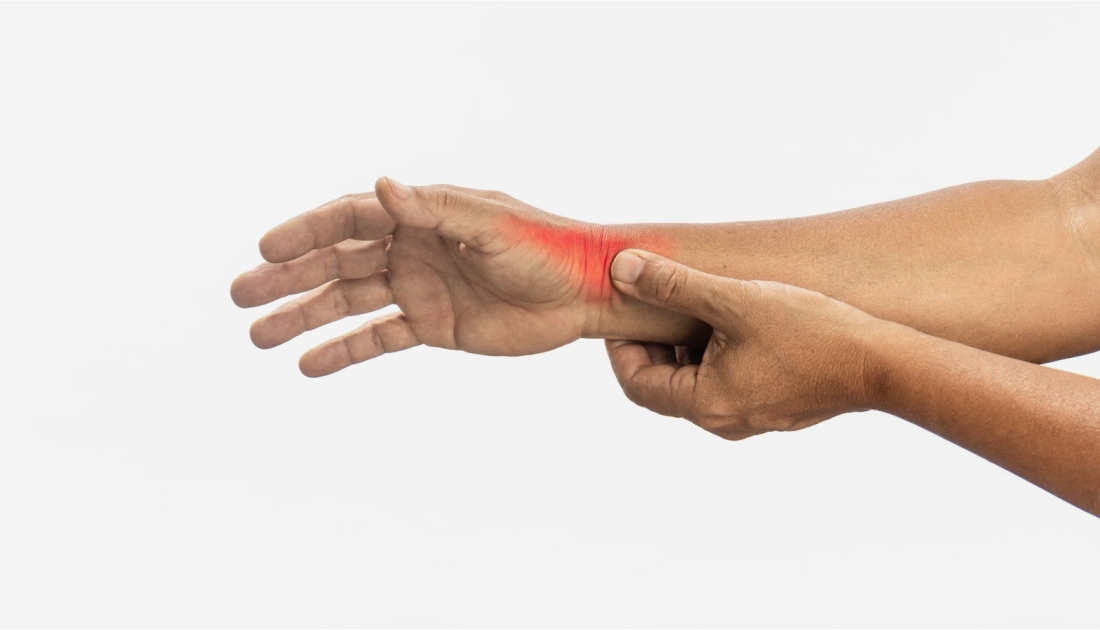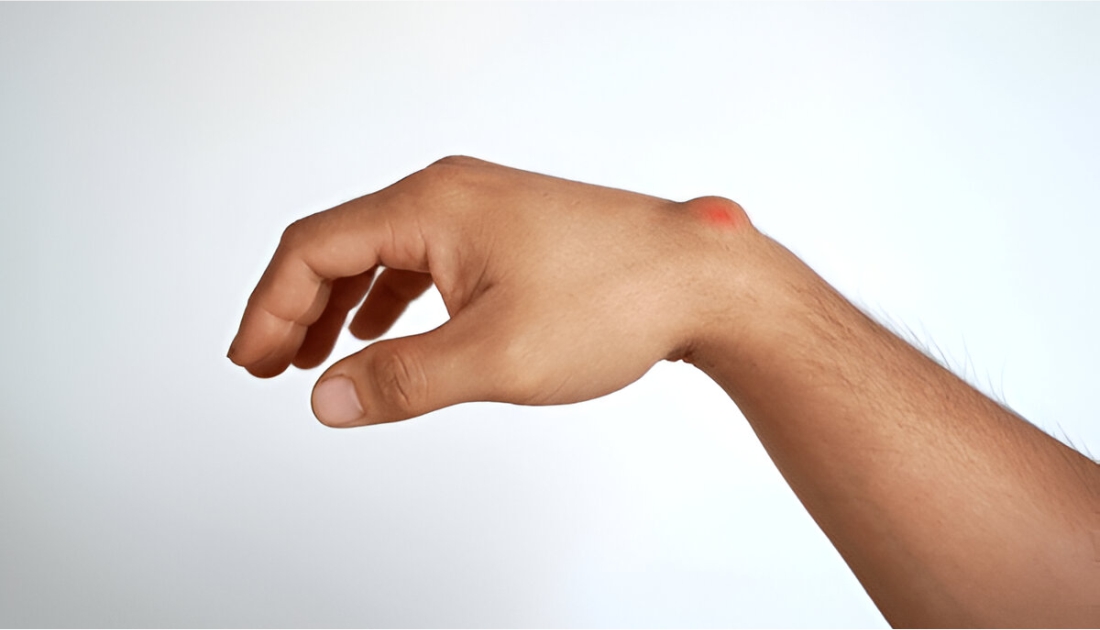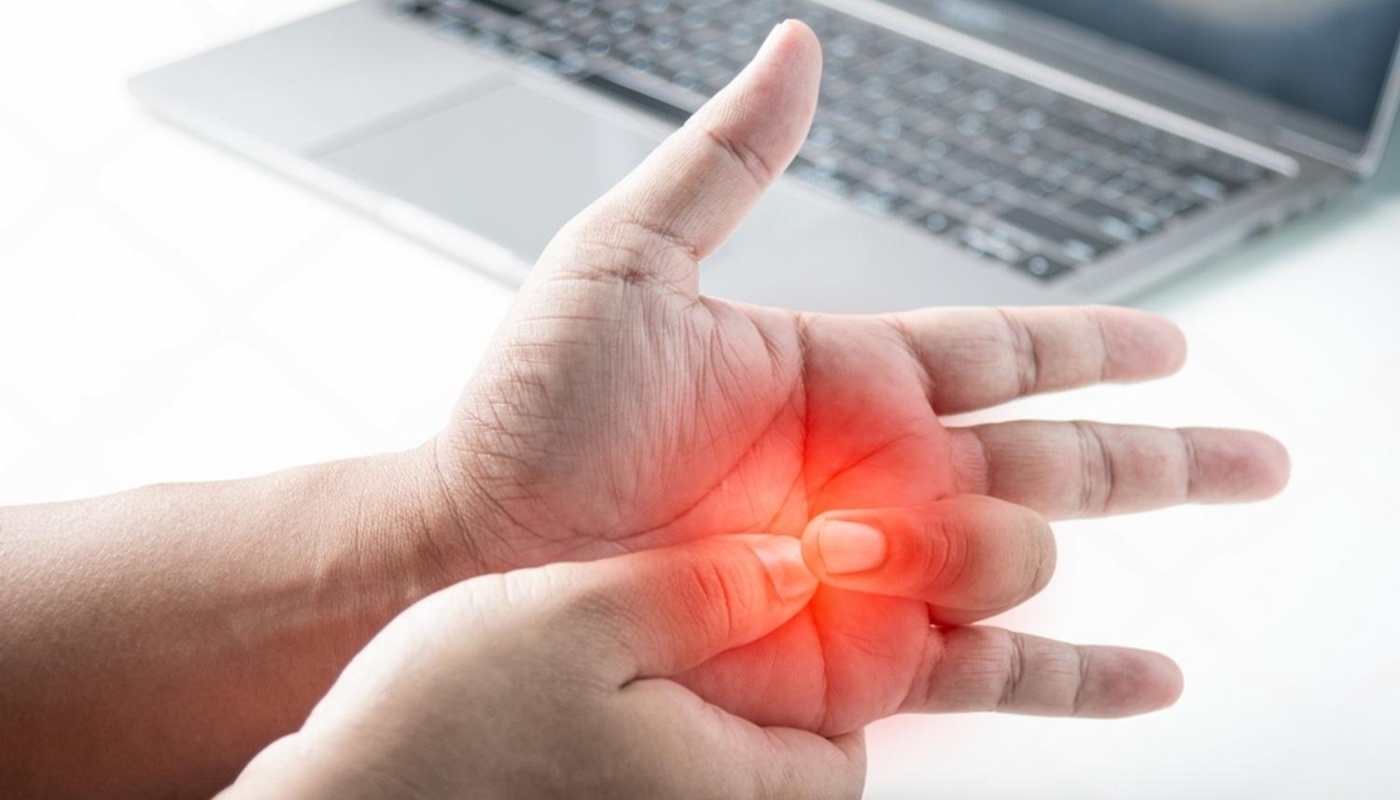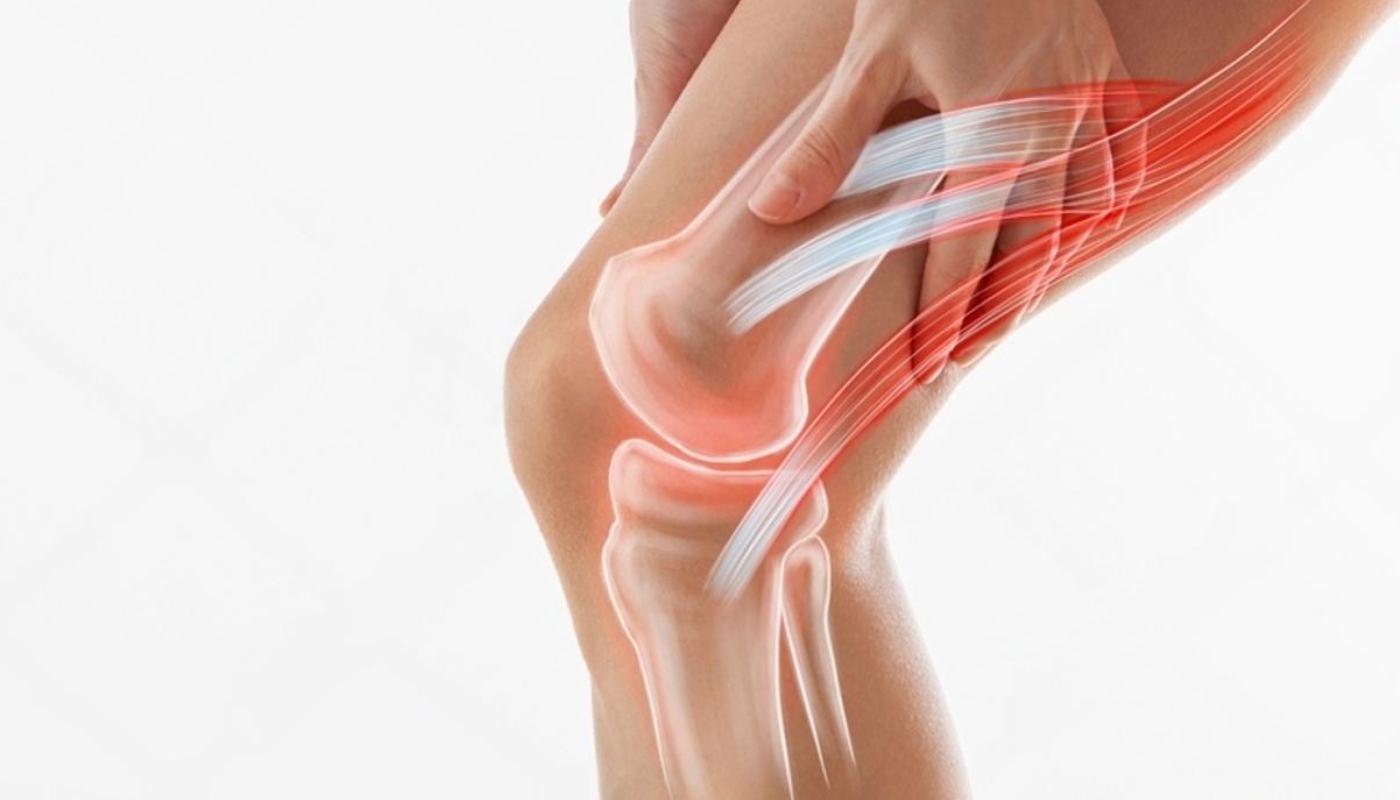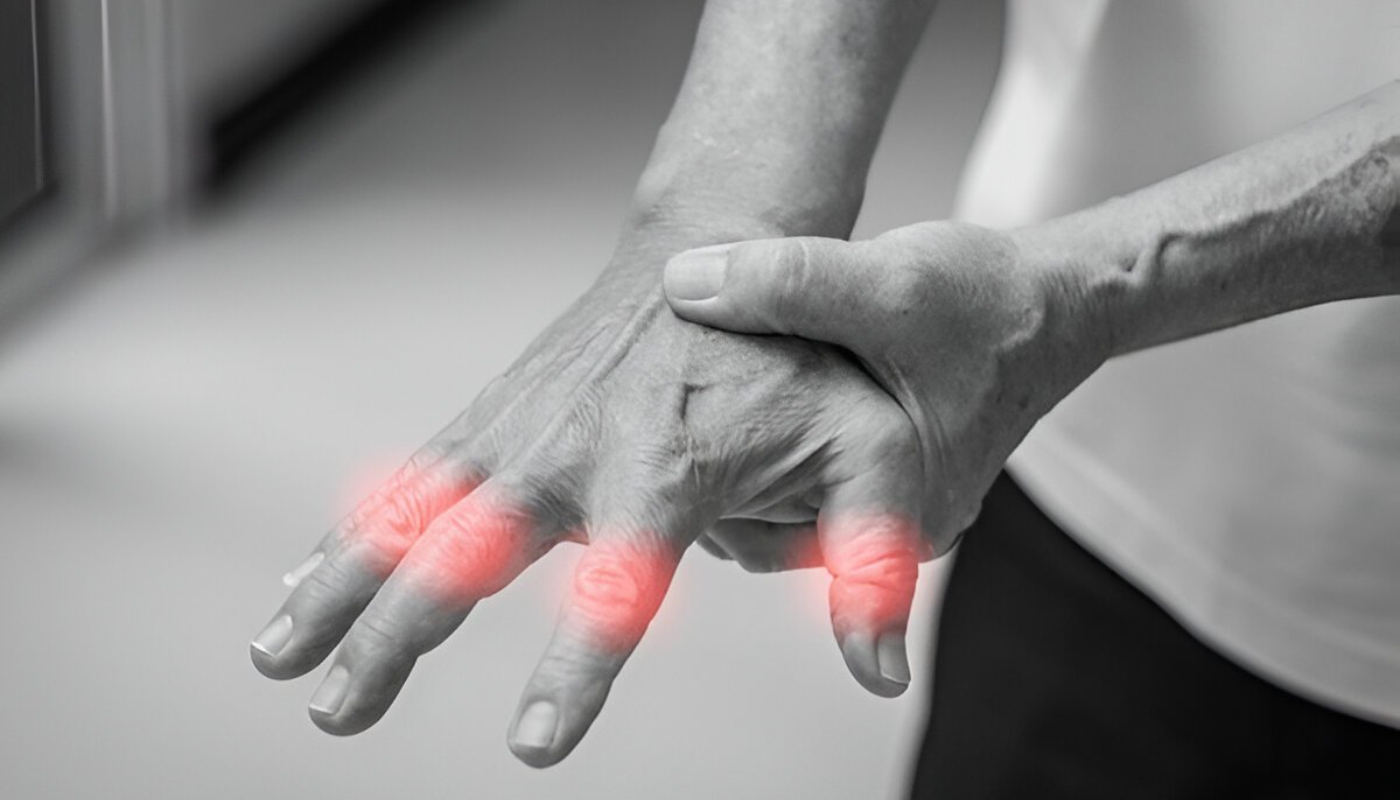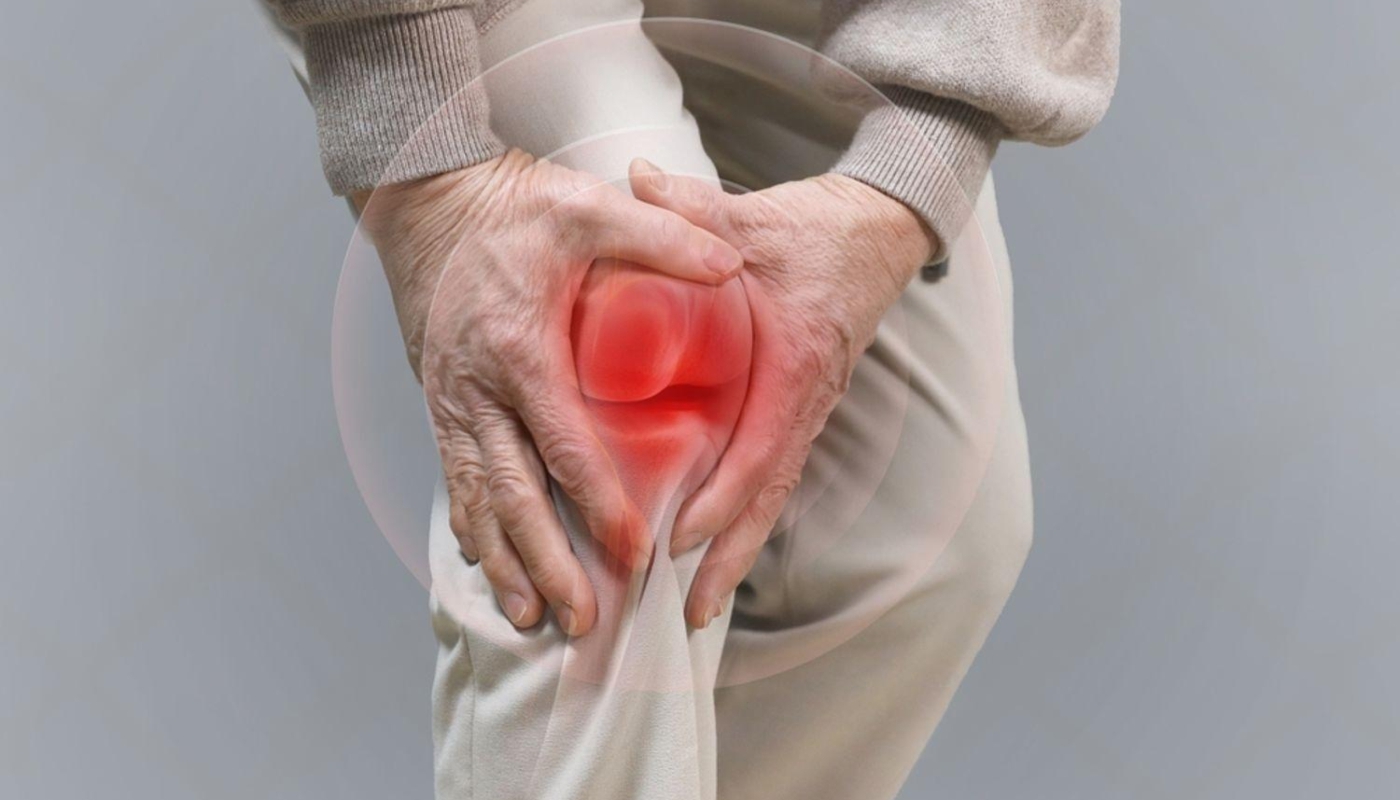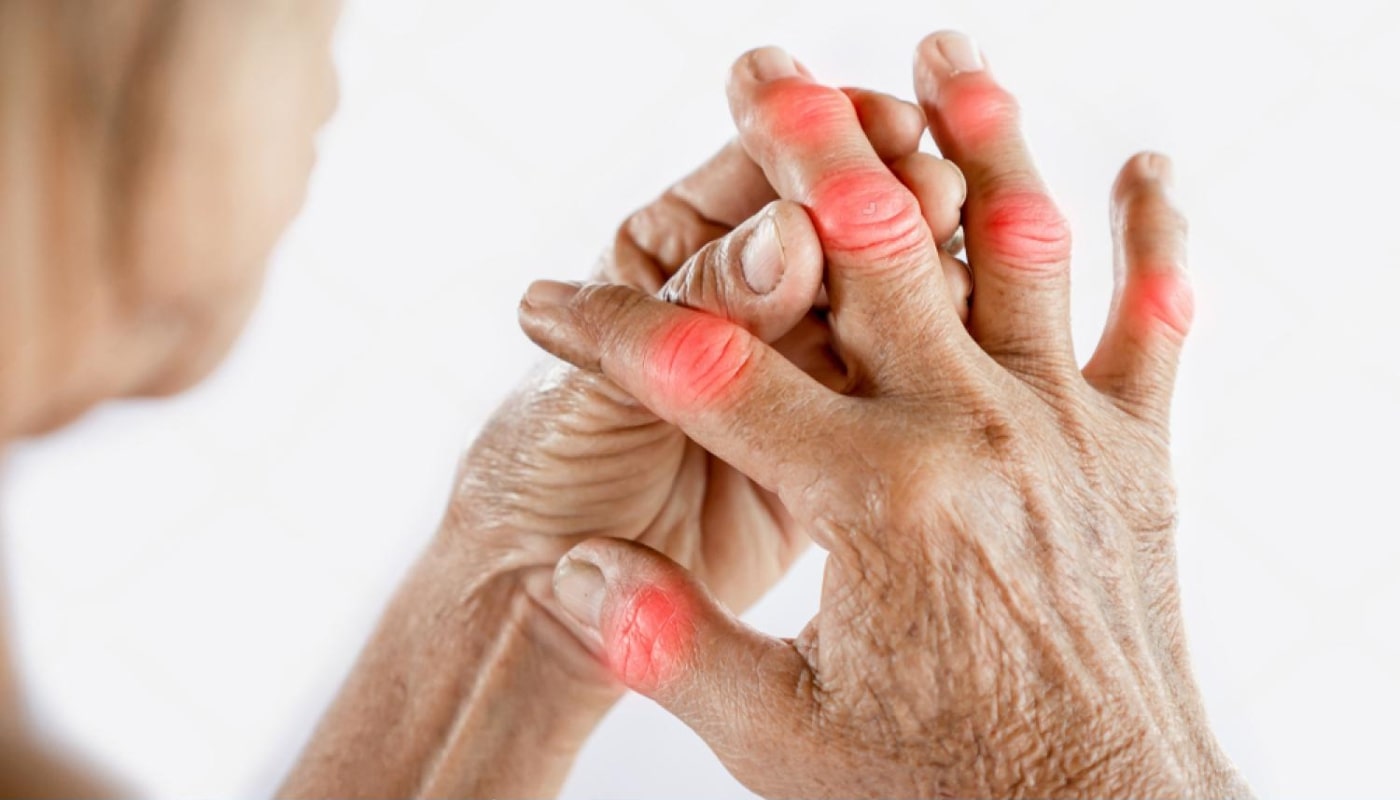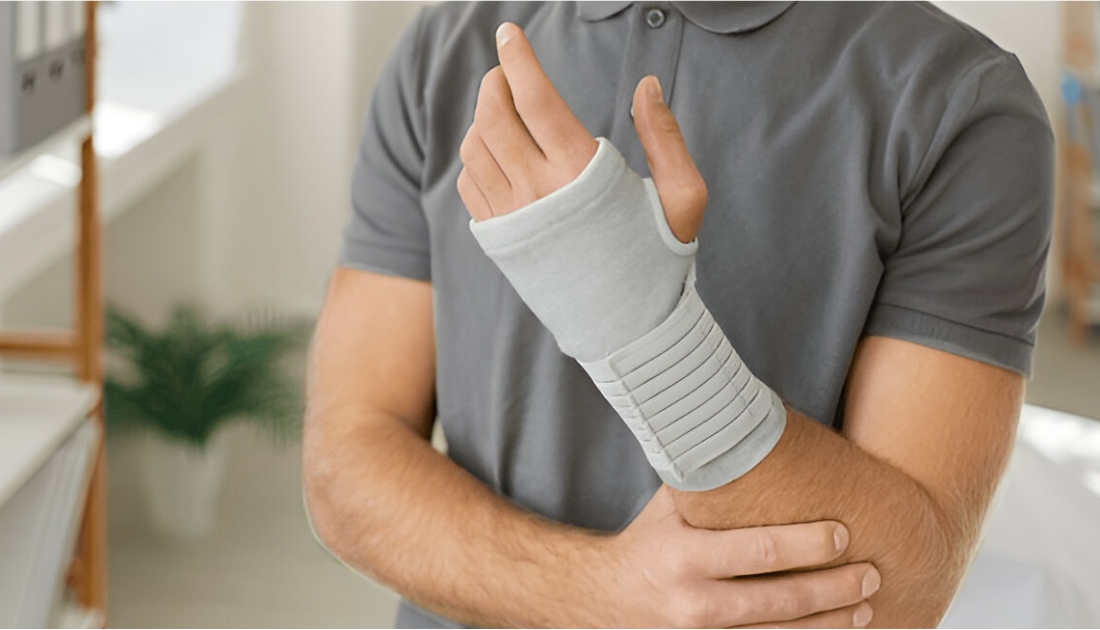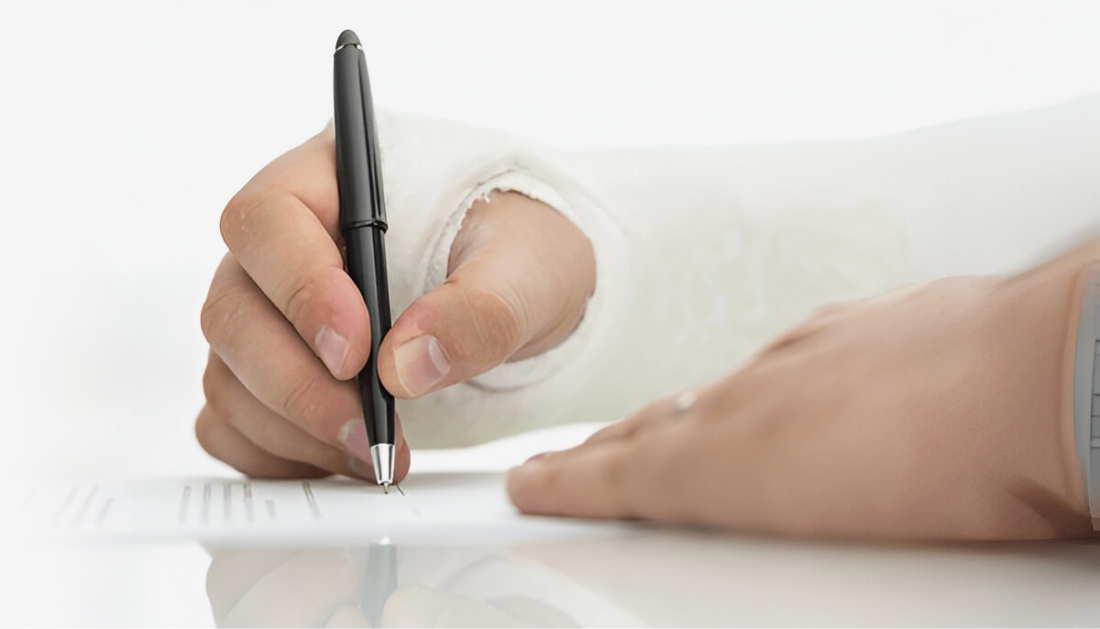Hypermobile joints are those that move beyond the normal range of motion, often resulting in increased flexibility and a unique set of challenges. This condition, known as hypermobility, can be a double-edged sword; while it might provide some individuals with enhanced physical abilities, it can also lead to a range of issues if not properly managed.
Individuals with hypermobile joints often experience symptoms such as joint pain, fatigue, and a higher likelihood of injuries. These symptoms occur because the surrounding ligaments and muscles may not adequately support the joints, leading to instability. Additionally, hypermobility can affect various joints in the body, including the knees, elbows, and shoulders, making everyday activities challenging.
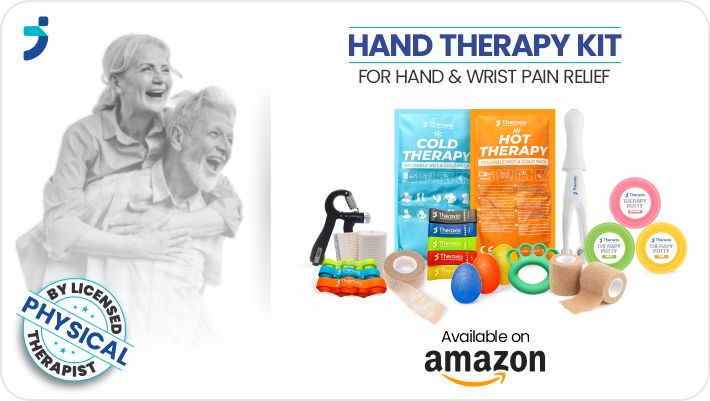
Moreover, hypermobility can sometimes be associated with underlying conditions such as Ehlers-Danlos syndrome or other connective tissue disorders, which can further complicate management. Understanding the impact of hypermobile joints is crucial for effective treatment and improving the overall quality of life.
For those seeking to manage their symptoms and improve their mobility, Theravio offers a range of scientifically backed tools designed to support rehabilitation and promote strength in hypermobile joints. Explore our resources to take the next step in your health journey by visiting theravio.com.
Common Symptoms of Hypermobile Joints

Identifying the symptoms of hypermobile joints is essential for early diagnosis and effective management. Individuals with hypermobility often report a variety of symptoms that can significantly impact their daily lives. Some of the most common symptoms include:
- Joint Pain: Chronic pain is one of the most prevalent complaints among those with hypermobile joints. This discomfort can vary in intensity and may worsen after physical activity.
- Fatigue: Many individuals experience increased fatigue, which can stem from the extra effort required to stabilize hypermobile joints during movement.
- Dislocations and Subluxations: Due to the instability of hypermobile joints, dislocations or partial dislocations (subluxations) can occur more frequently, particularly in the shoulders, knees, and fingers.
- Muscle Weakness: The muscles surrounding hypermobile joints may become weak or fatigued, leading to decreased strength and further instability.
- Soft Tissue Injuries: Individuals may also be more prone to sprains, strains, and other soft tissue injuries, due to the added stress on ligaments and tendons.
Recognizing these symptoms early can facilitate timely interventions and help improve the quality of life for those affected by hypermobility. It is important for individuals experiencing these symptoms to consult with a healthcare professional for a comprehensive evaluation and tailored management plan.

Causes and Risk Factors of Hypermobile Joints
The causes of hypermobile joints can be multifaceted, often involving a combination of genetic, developmental, and environmental factors. Understanding these causes and risk factors is crucial for identifying those at higher risk and implementing preventive measures.
Genetic Factors: Hypermobile joints are frequently hereditary, meaning they can run in families. Specific genetic conditions, such as Ehlers-Danlos syndrome, are directly linked to joint hypermobility. Variations in collagen synthesis can lead to increased flexibility of connective tissues, affecting joints.
Age: Joint hypermobility is more common in children and adolescents, who may gradually lose flexibility as they age. This natural progression can result in decreased joint mobility in adulthood.
Gender: Research indicates that hypermobility is more prevalent in females than in males. Hormonal differences may contribute to this disparity, particularly during puberty and pregnancy.
Physical Activity: Engaging in certain sports or activities that emphasize flexibility, such as gymnastics or dance, can increase the likelihood of developing hypermobile joints. Athletes may exhibit greater flexibility due to the nature of their training but should remain aware of potential risks.
Injury History: Individuals with a history of joint injuries may be at a higher risk for developing hypermobility. Previous traumas can alter joint stability, leading to long-term hypermobility issues.
By recognizing these causes and risk factors, individuals can take proactive steps to maintain joint health and address any issues before they escalate. Consulting with a healthcare provider can provide valuable insights tailored to individual circumstances.
Diagnosis Methods for Hypermobile Joints
Accurate diagnosis of hypermobile joints is essential for effective management and treatment. Various methods are employed by healthcare professionals to assess joint mobility and identify underlying conditions. Understanding these diagnosis methods can help individuals seek appropriate care.
Clinical Assessment: The initial step in diagnosing hypermobile joints typically involves a thorough clinical assessment. A healthcare provider will evaluate the patient's medical history, family history, and any symptoms experienced. This may include questions about joint pain, instability, and previous injuries.
Beighton Score: One of the most widely used tools for assessing joint hypermobility is the Beighton Score. This scoring system evaluates the flexibility of various joints and assigns points based on specific movements. A score of 4 or higher out of 9 is generally indicative of hypermobility.
Physical Examination: During a physical examination, the healthcare provider will assess the range of motion in key joints, including the fingers, elbows, and knees. They will look for signs of hyperextension and evaluate the overall stability of the joints.
Imaging Studies: In some cases, imaging studies such as X-rays, MRI, or ultrasound may be utilized to visualize joint structures and assess for any potential damage or abnormalities. These imaging techniques can reveal underlying issues that might contribute to hypermobility, such as joint laxity or cartilage wear.
Genetic Testing: For individuals suspected of having hereditary conditions associated with hypermobility, such as Ehlers-Danlos syndrome, genetic testing may be recommended. This can provide definitive insights into the underlying cause of joint hypermobility and guide treatment options.
By utilizing these various diagnosis methods, healthcare providers can develop a comprehensive understanding of an individual's joint health, paving the way for personalized treatment plans aimed at improving mobility and reducing discomfort.
Effective Management Strategies for Hypermobile Joints
Managing hypermobile joints requires a multifaceted approach tailored to the individual's needs. Effective management strategies not only aim to alleviate pain but also enhance joint stability and overall physical function. Here are some key strategies to consider:
Physical Therapy: Engaging in a structured physical therapy program is crucial for individuals with hypermobile joints. A physical therapist can design a customized exercise plan that focuses on strengthening the muscles around hypermobile joints, improving stability, and enhancing proprioception.
Joint Protection Techniques: Learning joint protection techniques can significantly reduce the risk of injury and strain. This includes using adaptive equipment, avoiding high-impact activities, and being mindful of body mechanics during daily tasks.
Activity Modification: Individuals with hypermobile joints may need to modify their activities to prevent exacerbation of symptoms. Low-impact exercises such as swimming, cycling, or yoga can be beneficial alternatives that maintain fitness without putting undue stress on the joints.
Pain Management: Pain management strategies, including over-the-counter pain relievers or prescribed medications, can help control discomfort associated with hypermobility. Additionally, techniques such as heat therapy, cold therapy, or TENS (Transcutaneous Electrical Nerve Stimulation) may provide relief.
Education and Support: Educating oneself about hypermobility and its effects is fundamental. Joining support groups or seeking counseling can also provide emotional support and connect individuals with others facing similar challenges, fostering a sense of community.
Regular Monitoring: Regular check-ups with healthcare providers are essential for monitoring joint health and adjusting management strategies as needed. This proactive approach ensures that any changes in symptoms are addressed promptly.
By implementing these effective management strategies, individuals with hypermobile joints can lead a more active and fulfilling life, minimizing the impact of their condition on daily activities.
When to Seek Professional Help for Hypermobile Joints
Understanding when to seek professional help is crucial for individuals dealing with hypermobile joints. While many can manage their symptoms effectively with self-care strategies, there are specific situations where consulting a healthcare professional becomes necessary. Recognizing these signs can help prevent further complications and ensure optimal management of your condition.
Persistent Pain: If you experience ongoing or increasing pain in your joints, it is essential to consult a healthcare provider. Chronic pain may signify underlying issues that require professional evaluation and treatment.
Frequent Joint Dislocations: Individuals with hypermobile joints may be prone to dislocations. If you find that your joints are frequently becoming dislocated or subluxated, it is vital to seek medical advice to explore preventive measures and appropriate rehabilitation.
Loss of Function: If you notice a significant decline in your ability to perform daily activities or participate in physical activities due to joint instability or pain, it is time to reach out for professional help. A thorough assessment can help identify the best course of action.
Neurological Symptoms: Symptoms such as numbness, tingling, or weakness in the limbs may indicate nerve involvement or other serious conditions. These symptoms should be addressed promptly by a healthcare provider.
Emotional Distress: Living with hypermobile joints can be challenging and may lead to emotional or psychological distress. If you are experiencing anxiety, depression, or feelings of isolation, consider seeking support from a mental health professional.
Being proactive about your health is vital. If you are experiencing any of these symptoms related to your hypermobile joints, don’t hesitate to reach out for professional help. For reliable tools and resources to assist you in your journey toward better health, visit theravio.com.






























